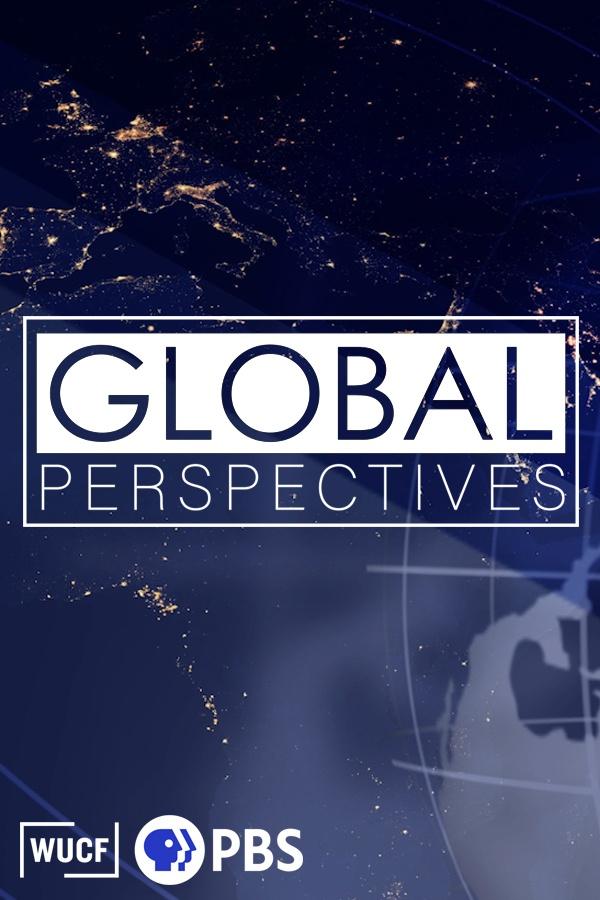

Content: International viewpoints on a broad spectrum of global issues, topics, and current events. Preselected pages on trending topics guide you to the most recent information.

Content: Experts create accessible overviews of every person, issue, and topic imaginable with a wiki interface that makes it easy to get a broad perspective on your topic.

Content: Academic journals and magazines across a range of subjects.

 Explaining Globalization by
Everyone talks about globalization, but what does it really mean? And what are its implications for the average American? In this compilation of NewsHour segments, experts from the U.S. and abroad speak their minds on a shrinking world and an expanding global economy.
Explaining Globalization by
Everyone talks about globalization, but what does it really mean? And what are its implications for the average American? In this compilation of NewsHour segments, experts from the U.S. and abroad speak their minds on a shrinking world and an expanding global economy.
